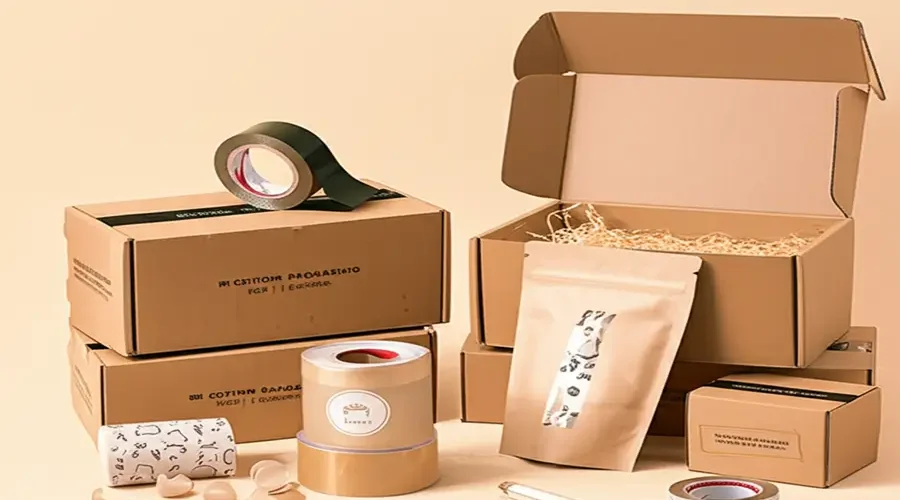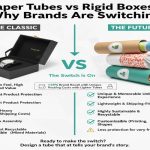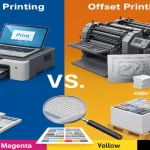Custom packaging has become a powerful way for small businesses to enhance brand recognition, create memorable unboxing experiences, and differentiate themselves from competitors. Whether you’re an eCommerce business looking for mailers or a retail brand seeking display boxes, understanding how to get custom packaging that fits your budget and needs is essential for business growth.
Understanding Your Packaging Requirements
Before diving into design tools and packaging suppliers, you need to define your product characteristics and target audience expectations. Start by conducting a thorough breakdown of your packaging needs:
Product Analysis:
- Assess your product details and protection needs
- Consider the rigors of shipping and transit conditions
- Evaluate presentation requirements for retail packaging versus ecommerce deliveries
- Determine if you need specialty features like inserts or cushioning materials
Audience Research:
- Study your target audience preferences and purchasing behavior
- Analyze competitors to understand current market trends
- Identify opportunities to create a luxury feel or premium unboxing experience
- Consider what aesthetic will resonate with your customers
Types of Custom Packaging Solutions
Small businesses have a variety of packaging options to choose from, each offering different customization levels and price points:
Custom Boxes:
- Shipping Boxes: Designed for safe transit and delivery protection
- Mailer Boxes: Perfect for ecommerce deliveries with branding elements
- Product Boxes: Ideal for retail display and presentation requirements
Additional Packaging Items:
- Bags: Custom-printed bags serve as gift bags and promotional items
- Labels and Stickers: Affordable way to add branding and product information
- Tissue Papers: Adds luxury touches to the unboxing experience
- Mailers: Lightweight option for shipping smaller items
- Specialty Items: Coasters, floor decals, tapes, and tags for comprehensive branding
Choosing the Right Packaging Supplier
Finding packaging companies that understand small business needs is crucial. Look for suppliers offering:
Key Features to Consider:
- Low order minimums that fit your budget
- Quick turnaround times for faster implementation
- Variety of box styles and sizes (both stock and custom options)
- Quality materials that provide adequate support and protection
Recommended Suppliers: Several packaging companies specialize in small business solutions. Companies like iPackU offer comprehensive customization options, while few platforms provide designer tools and packaging expertise. B2B platforms can also connect you with suppliers, and attending industry events offers networking opportunities with packaging experts.
Design Process and Customization Ideas
Creating effective packaging design involves multiple elements that work together to enhance your brand:
Design Elements:
- Printing: Incorporate your logo, brand graphics, and product images
- Coatings and Finishes: Apply different finishing techniques for unique look and feel
- Color and Aesthetic: Choose colors that reflect your brand and appeal to your audience
Advanced Customization Techniques: Modern packaging solutions offer innovative features like soft touch lamination, which has become a trend for luxury packaging solutions. This finishing creates a premium feel and protects the print on packaging boxes.
Internal Packaging Customization Ideas: Don’t overlook the inside of your packages. Custom box designs, branded void fill, unique inserts, and packaging art create memorable unboxing experiences. These touches increase brand recognition and add value to your offerings.
Leveraging Technology and AI Tools
Today’s small businesses can utilize advanced technology to streamline the design process:
AI-Powered Design:
- Use AI image generators to create product prototypes and advertising shots
- Experiment with AI background creator for perfect backdrops
- Generate packaging ideas and explore different design concepts
- Create stickers with AI for unique labels and packaging art
Online Designer Tools: Most packaging suppliers now offer box designer platforms that allow you to visualize your designs before ordering. These designer tools help you position artwork, test different box styles, and make adjustments in real-time.
Testing and Quality Assurance
Before implementing your packaging strategy, thorough testing ensures your packaging meets performance objectives:
Packaging Durability Tests:
- Simulate real-world shipping scenarios
- Test protection capabilities under various conditions
- Evaluate how well materials withstand the rigors of transit
- Assess cushioning effectiveness and support features
Performance Monitoring: Quality packaging companies should conduct rigorous tests on all materials. Once implemented, continuously monitor packaging performance through customer feedback, sales data, and packaging costs analysis.
Measuring Success and Making Improvements
Successful packaging strategies require ongoing evaluation and refinement:
Key Performance Indicators:
- Customer feedback and satisfaction ratings
- Sales data and conversion metrics
- Packaging costs versus value delivered
- Brand recognition improvements
Continuous Improvement:
- Gather insights from customer responses
- Make necessary adjustments based on performance data
- Refine designs through iterative processes
- Adapt packaging strategies as your business grows
Cost-Effective Strategies for Small Businesses
Managing packaging costs while achieving professional results requires strategic planning:
Budget-Friendly Approaches:
- Start with basic design changes before investing in fully custom solutions
- Consider stock sizes to reduce customization costs
- Begin with smaller order minimums and scale up as demand grows
- Focus on high-impact areas like printing and branding elements
Maximizing ROI: Custom packaging offers multiple benefits beyond product protection. It serves as advertising, enhances customer experience, and provides opportunities for social media sharing. When customers receive packages that create a luxury feel or memorable unboxing experience, they’re more likely to become repeat subscribers and brand advocates.
Implementation and Long-term Strategy
Successfully implementing custom packaging requires careful planning and execution:
Launch Strategy:
- Test with small batches before full implementation
- Collect initial customer feedback and make necessary revisions
- Monitor shipping performance and protection effectiveness
- Document what works for future reference
Scaling Considerations: As your eCommerce business grows, your packaging needs will evolve. Work with suppliers who can accommodate increasing order volumes, offer variety in customization options, and provide ongoing support for new product lines.
Conclusion
Getting custom packaging for your small business involves understanding your specific needs, choosing the right suppliers, and creating designs that resonate with your target audience. By focusing on quality materials, effective design, and continuous improvement, you can create packaging solutions that protect your products, enhance your brand, and deliver exceptional customer experiences.
Remember that packaging is an investment in your brand’s future. Whether you choose simple labels and stickers or comprehensive custom box solutions, the key is ensuring your packaging strategy aligns with your business objectives and customer expectations. Start with what fits your current budget and scale your packaging customization as your business grows.
The power of custom packaging lies in its ability to transform a simple delivery into a memorable brand experience. By following this guide and working with experienced packaging companies, you’ll be well-equipped to create packaging that not only protects your products but also elevates your brand in the competitive marketplace.






